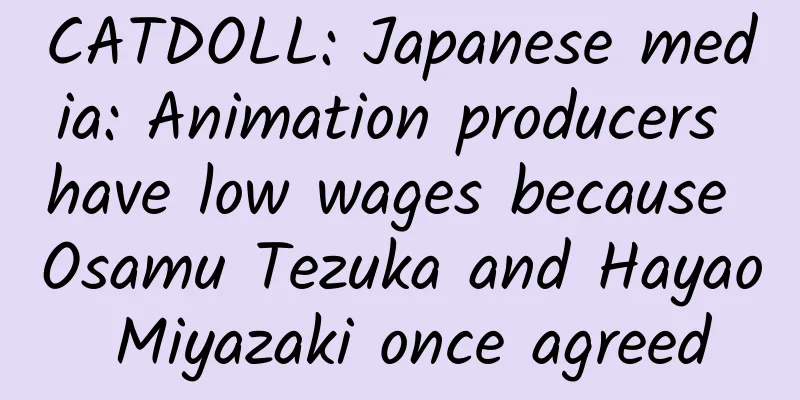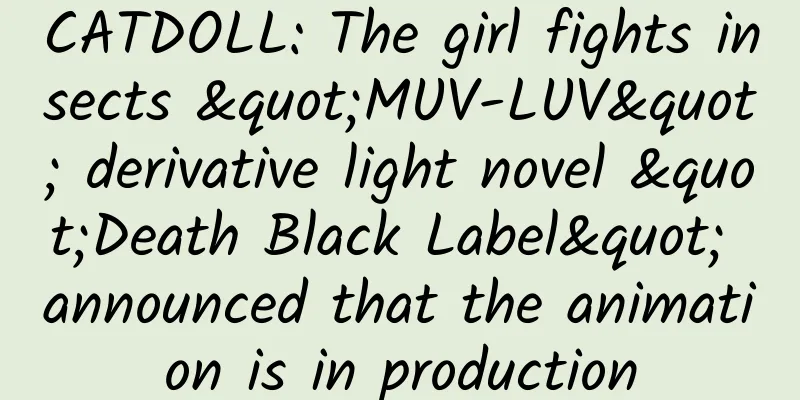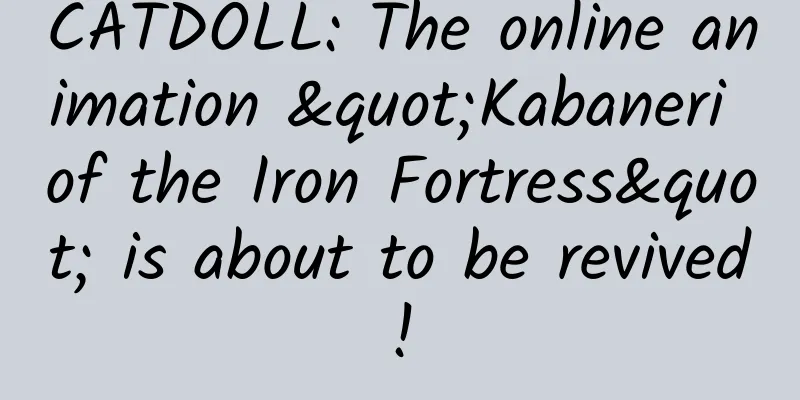CATDOLL: Japanese media: Animation producers have low wages because Osamu Tezuka and Hayao Miyazaki once agreed

|
Previously, Japanese media exposed that the living conditions of animation producers were very poor, and many animators came out to complain. With various reports emerging one after another, more and more people in Japan are beginning to pay attention to the working conditions of animation producers. There are more and more discussions about problems such as poor working environment and low wages for artists. Recently, a Japanese website analyzed the causes of this problem and gave improvement methods. The website pointed out that in 1963, the Japanese domestic TV animation "Astro Boy" began to be broadcast. With the broadcast of the animation, this work has achieved high popularity in Japan. However, at that time, due to the idea that "animation = a program for children to watch", the copyright fee for broadcasting was very low. In response to this, Tezuka took the approach of reducing production costs and producing copyrighted peripheral products. Even so, if there is still a deficit, it will be filled with the money earned from comics. The current character business of "supported by copyright income from popular comics and animated with low production costs" is built by Tezuka. Moreover, Tezuka is the first person in the Japanese comics industry. If he accepts a low salary, other creators will not dare to ask for more. In addition, Tezuka's enthusiasm for making animations with his own investment has also moved many people to follow the production of animations despite low wages. Many people believe that if he had asked for "more money for animation" at the time, there would not be such a bad working environment now. Hayao Miyazaki, a giant in the Japanese animation industry, once said, "Because Osamu Tezuka sold "Astro Boy" at a low price of 500,000 yen per episode at the beginning, the production fee for the animation production was very small later." Due to the poor animation production environment in Japan, there are fewer and fewer excellent Japanese animation talents. In addition, in order to pursue lower costs, outsourcing to foreign countries is a serious phenomenon, which has also become a possibility of the decline of the Japanese animation industry. In order to ensure the stable development of Japanese animation, it is necessary to use the high technology of Japanese animation as a "commodity" and establish a complete training and protection system for practitioners with the support of the government and the whole society, and ensure that excellent animation talents and technologies will not be easily lost. |
<<: CATDOLL: The preview image of the seventh episode of "Food Wars! Soma" animation is released
>>: CATDOLL: Famous writers gather many comic book authors to visit the Naruto exhibition
Recommend
CATDOLL: "One Piece" TV animation Luffy's fourth gear setting diagram released on January 17th
In the TV animation version of "One Piece&qu...
CATDOLL: "Fate/EXTRA" TV animation PV announced to be released in 2017
The first PV of the TV animation of "Fate/EX...
CATDOLL: The preview image of the 12th episode of "Durarara!! ×2" animation is released
The anime "Durarara!! × 2" is about to ...
CATDOLL: July's new anime "Dragon Ball: Super" released the latest trailer, the fat cat battle god appeared
The new series of "Dragon Ball" animati...
CATDOLL: Which of the popular female characters in animation from the 80s and 90s is your goddess?
Every year, Japan releases a large number of anim...
CATDOLL: "Re:Zero" and "Beautiful World" cooperate to launch the novel "Re:Zero -Starting Beautiful Life"
This year, the two animes about different worlds,...
CATDOLL: The new note holder in the sequel to "Death Note" is revealed, and the Supreme Court judge is involved!
The official sequel to the Death Note, Death Note...
CATDOLL: "Painting Rivers and Lakes: The Bad Guys" Season 2 Episode 27 Zifan saves the murderer of his father
When Li Xingyun and Chi Meng arrived at Luzhou Ci...
CATDOLL: The farce is back! The eighth season of "Tennis Isn't Funny" will be aired in October
The eighth season of the instant animation "...
CATDOLL: Is It Wrong to Seek a Chance in a Dungeon? Episode 7 Video Preview
Last week we also did a preview for the seventh e...
CATDOLL: Vegeta is the weakling in the battle? College students vote for the most powerful anime characters who are not worthy of their reputation
When we watch anime with passionate fighting theme...
CATDOLL: Matsuoka is very busy girl manga "Wings and Fireflies" decided to be animated
There has been good news recently about the girls...
CATDOLL: QQ show feeling? The latest promotional PV of January series "Hand Shakers" is released
The latest promotional PV for the new January ani...
CATDOLL: The girl turns into a ghost hunter to defeat the evil ghosts. The legend of the mountains and wilds "Chun Gui" is finished
Rensuke Oshikiri is a pioneer manga artist who is...
CATDOLL: Jun Maeda announced that he has been discharged safely from the hospital: A miracle has happened to me
In March this year, the famous playwright and mus...









